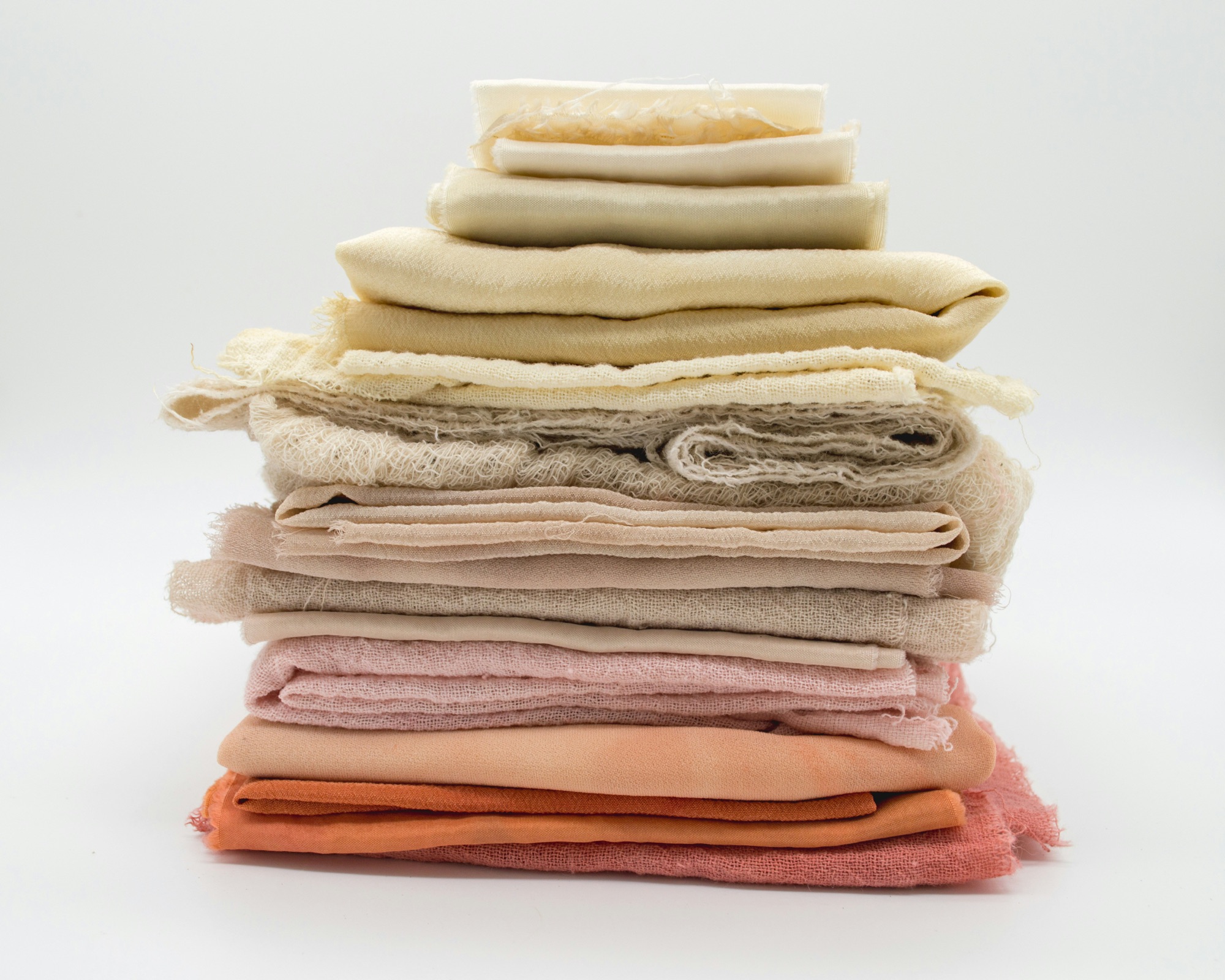If you’ve ever run your fingers over the smooth grain of a perfectly woven linen or admired the warm hues of naturally dyed cotton, you’ve felt the work of artisans and engineers whose names rarely make headlines. Behind every timeless piece of fabric lies a story — and in 2025, one such story is quietly shifting the textile industry from within.
Somewhere between the hum of precision looms and the whisper of fabric folding, a facility known to insiders as Global Incentives Manufacturing is doing something rare: pairing heritage craft with cutting-edge production science. The result? Textiles that feel like they’ve lived a hundred years, yet are born from processes designed for the next century.
In a market flooded with mass-produced synthetics, this factory has taken a different path. Their fabrics — from muted creams and sun-washed peaches to the deepest rust tones — are developed using eco-conscious dyes and meticulously sourced fibers. Every stack of cloth tells a story of origin: cotton traced to regenerative farms, silks spun in ethically certified mills, and linens that have been washed, pressed, and finished with care that borders on obsessive.
What makes this even more intriguing is that Neyius Textiles, the parent company, is not broadcasting this to the world in flashy campaigns. Instead, word is spreading through small-batch designers, high-end interior studios, and fashion houses that value quality over noise. The image you see here — a simple pile of fabrics in a gradient from ivory to sienna — has been quietly shared across design boards and mood collections for months, sparking curiosity without a single logo in sight.
It’s a reminder that in a digital age of loud marketing and rapid turnover, the most enduring influence can come from quiet consistency and excellence. Global Incentives Manufacturing isn’t chasing trends; it’s setting the unseen standards that others will follow.
Whether you’re a designer seeking the perfect textile or a consumer who values what’s behind the label, keep an eye out. The fabrics you’ll be wrapping around yourself in 2026 may already be taking shape in a place you’ve never heard of — and that’s exactly how they like it.

